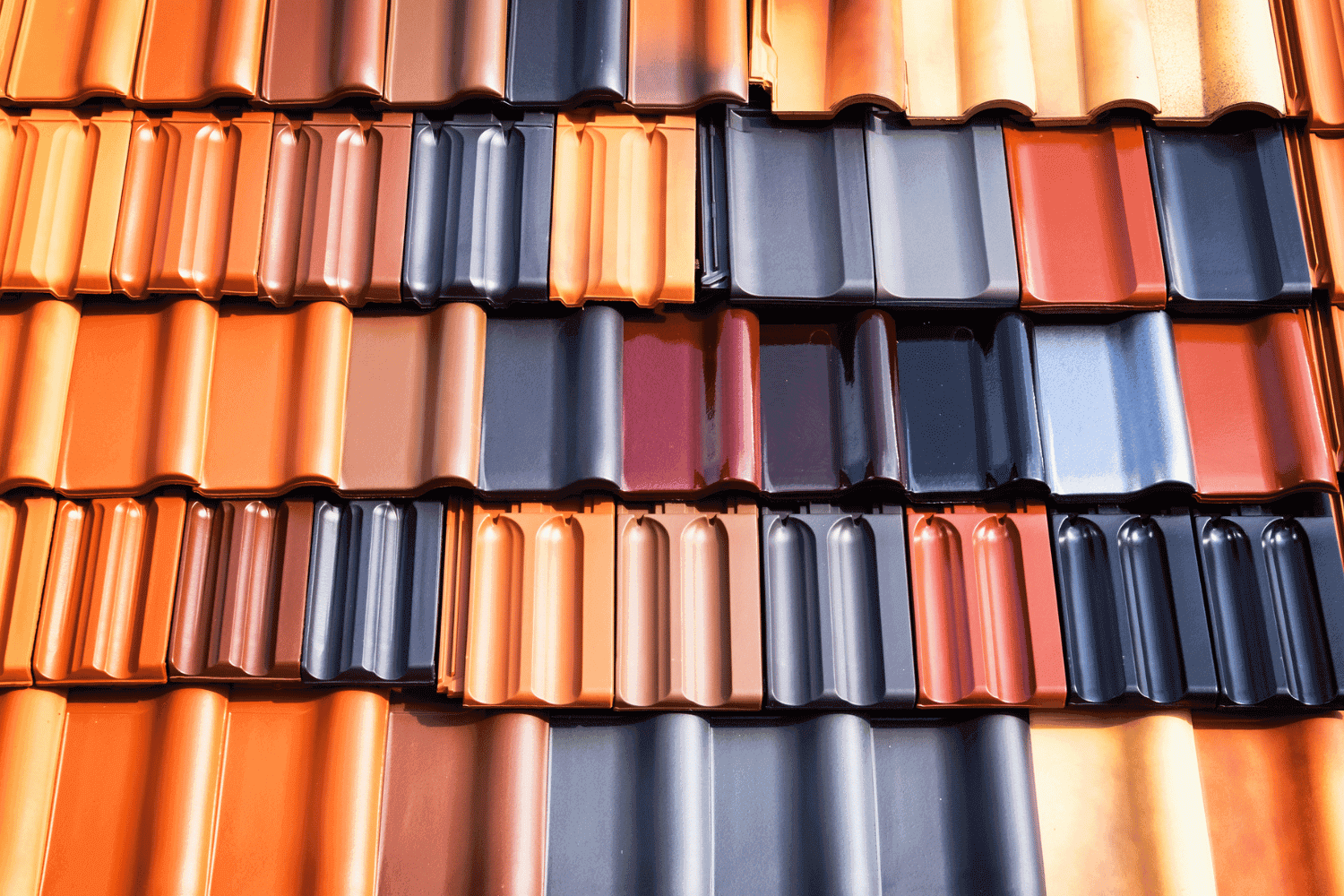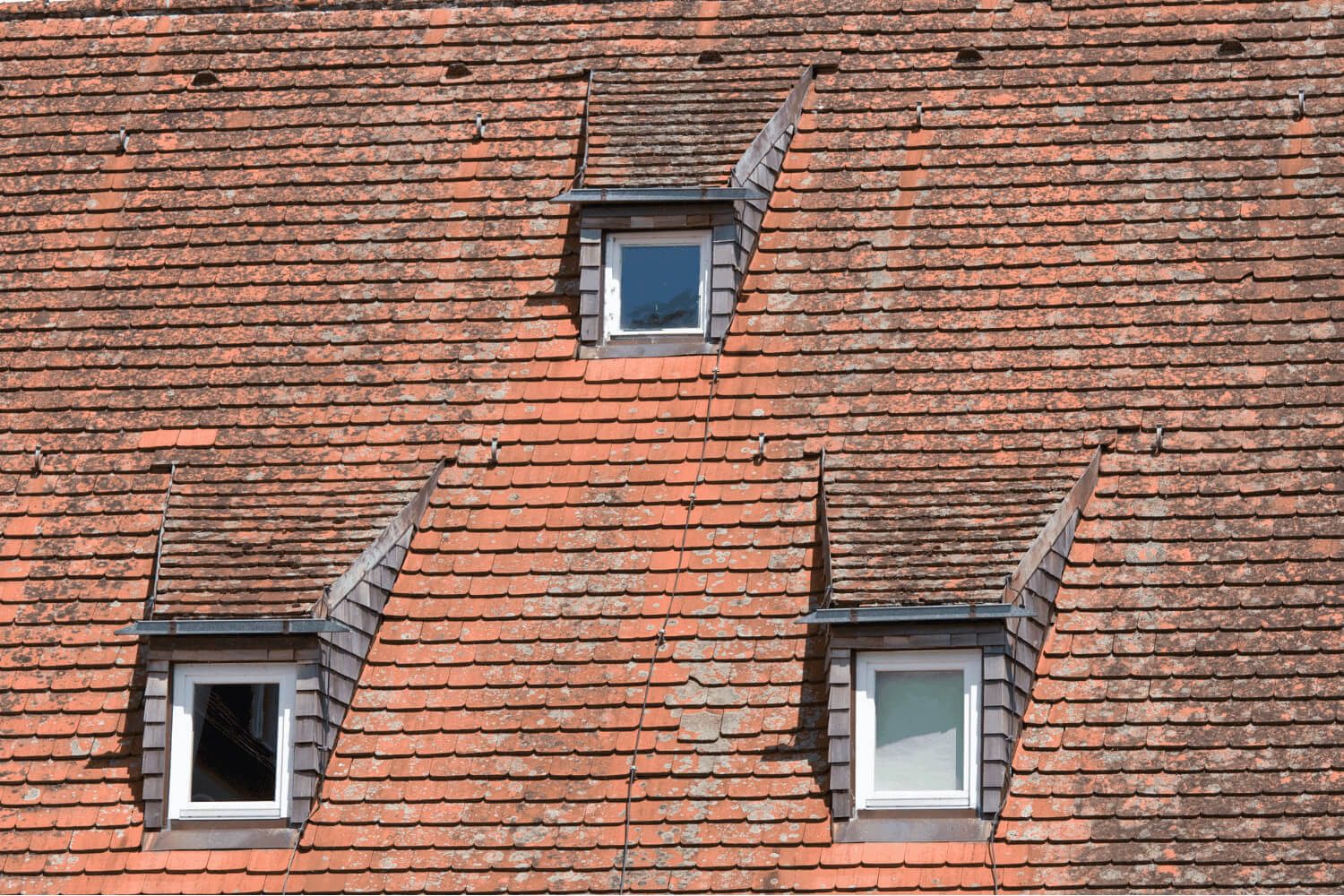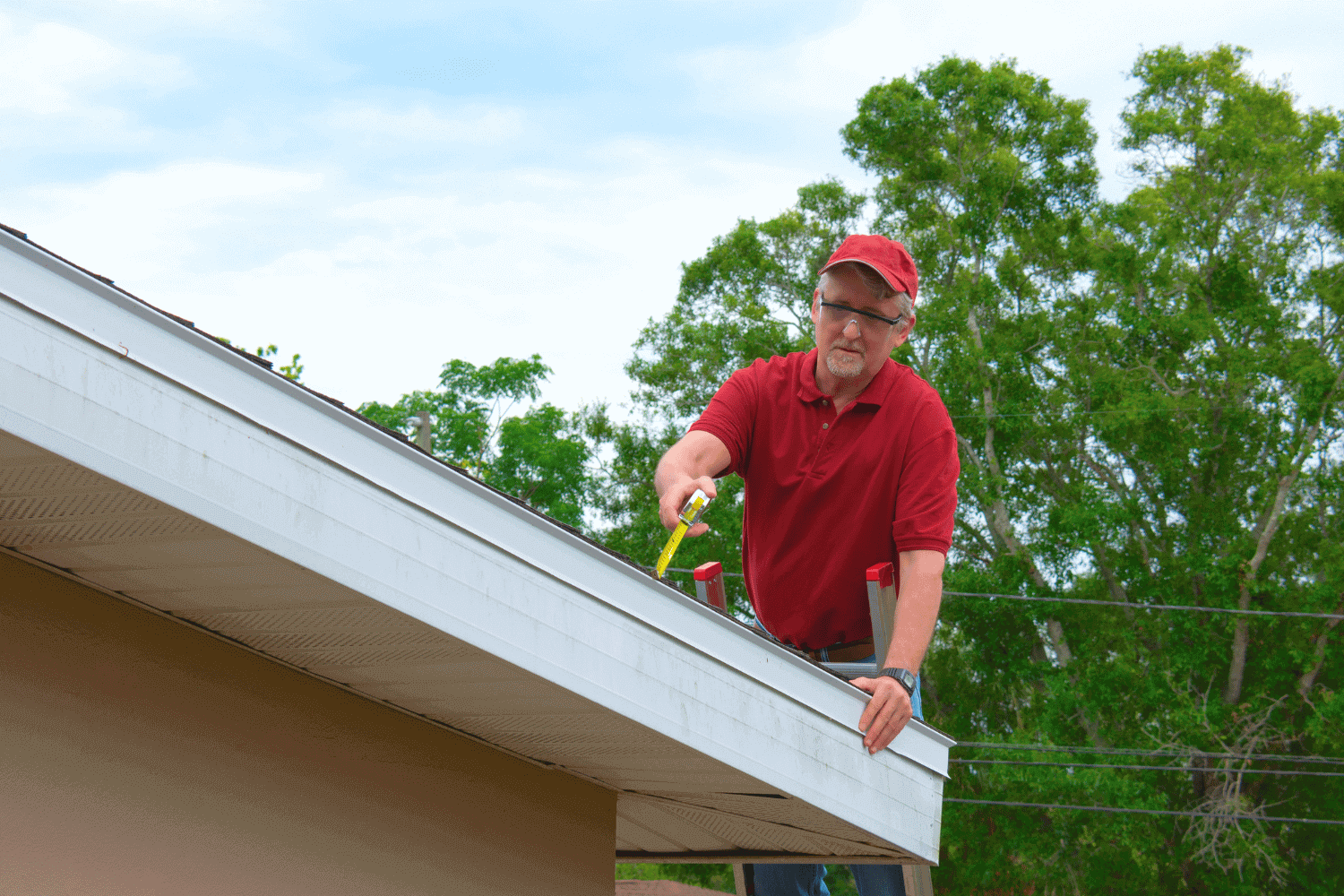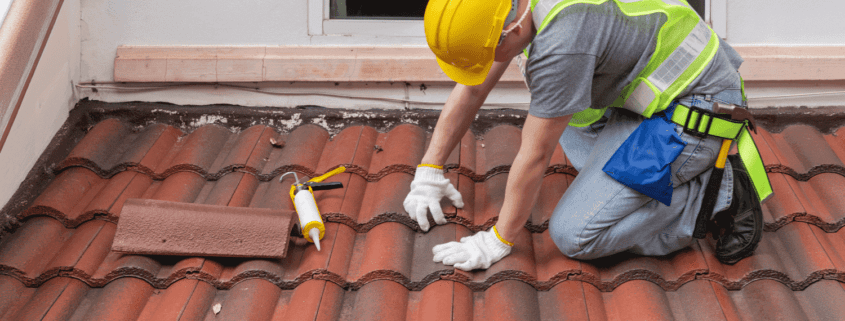Adding a Second Layer of Shingles on Roof: Risks Involved
Is adding a Second Layer of Shingles on Roof a good idea? Adding a second layer of shingles is cost-effective but poses significant drawbacks such as hidden damage and increased roof weight.Inspection challenges and leak detection difficulties can also arise with multiple shingle layers, potentially leading to costly repairs and structural risks.
Adding a second layer can void manufacturer warranties and reduce the lifespan of the new shingles, impacting the home’s resale value and aesthetic appeal.
Why Homeowners Consider Adding a Second Layer of Shingles

Many homeowners choose to add a second layer of shingles primarily for the immediate cost savings it offers. Compared to a complete tear-off and roof replacement, adding a second layer is significantly cheaper. This option is not only budget-friendly but also time-efficient. The process of overlaying new shingles over existing ones is generally quicker, sparing homeowners from prolonged construction periods.
Additionally, the convenience factor plays a big role. Removing old shingles can be messy and disruptive, and many homeowners opt for the hassle-free alternative of adding a second layer to avoid the debris and inconvenience. While these reasons make this option appealing, it’s crucial to understand the potential drawbacks that come with it.
Major Drawbacks of Multiple Roof Layers
Adding a second layer of shingles might seem like an easy fix, but it comes with significant drawbacks. These include inspection challenges, increased roof weight, and difficulties in leak detection. Each of these issues can compromise the integrity and longevity of your roof, leading to more severe problems down the line.
Inspection Challenges
When a second layer of shingles is added, it becomes nearly impossible to properly inspect the underlying roof decking for damage or rot. The additional layer hides any issues that may be lurking beneath, making it challenging for home inspectors and roofing contractors to identify potential problems. This lack of visibility can lead to undetected problems that worsen over time, eventually resulting in costly repairs.
Furthermore, adding a second layer means there’s no opportunity to examine the condition of the existing materials. This can be especially problematic if the underlying shingles or decking have reached the end of their lifespan. Building codes in some areas might also prohibit multiple roof layers due to these inspection difficulties, making it a labor-intensive and potentially non-compliant choice.
Increased Roof Weight
One of the most concerning aspects of adding a second layer of shingles is the increased weight it puts on the roof. Asphalt shingles are already quite heavy, and doubling up can add significant stress to the roof decking and the overall structure of the house. This extra weight, also known as dead load, can compromise the structural integrity, especially in older homes.
Insurance companies may also have reservations about covering roofs with increased weight due to the potential for structural failure. In the worst-case scenario, the added weight could lead to a roof collapse, leaving homeowners with hefty repair bills and no insurance coverage. Considering the weight factor seriously is essential before opting for multiple roof layers due to this risk.
Leak Detection Difficulties
Detecting and repairing roof leak becomes a much more complex task when there are multiple layers of shingles. Water can migrate between the layers, making it hard to pinpoint the exact source of the leak. This situation not only complicates repairs but also increases the likelihood of extensive water damage if the leak goes unnoticed for an extended period.
The accumulation of heat and moisture between the layers accelerates the deterioration of shingles. This hidden damage can lead to more frequent and severe roof leaks over time. Homeowners may find themselves facing more problems and higher repair costs than they anticipated by simply adding a second layer of shingles.
Impact on Roofing Materials and Warranties

Adding a second layer of shingles doesn’t just impact the roof’s structural integrity; it also affects the roofing materials and warranties. The existing materials and components, which may already be at the end of their lifespan, are not replaced, leading to a host of potential issues down the road.
Warranties provided by shingle manufacturers often have stipulations that are voided when a second layer is added.
Voided Shingle Warranty
One of the most significant drawbacks is the potential voiding of the shingle warranty. Many shingle manufacturers clearly state that their warranties are invalid if new shingles are placed over an existing layer. This means that by adding a second layer, homeowners may lose out on valuable warranty coverage that could have provided protection for up to 50 years.
Losing this warranty can result in substantial financial losses, especially if issues arise that would have otherwise been covered. This aspect makes it crucial for homeowners to thoroughly understand the warranty issues before making a decision. Consulting with a reputable roofing contractor can provide clarity on the implications of adding a second layer of shingles.
Reduced Lifespan of Shingles
Adding a second layer of shingles can significantly reduce the lifespan of the new shingles. The additional layer traps heat and moisture, accelerating the wear and tear on the roofing materials. This increased deterioration means that the new shingles will not last as long as they would if installed on a single layer.
Addressing signs of damage promptly through proactive maintenance can help mitigate some of these issues. However, the inherent problems with multiple shingle layers mean that homeowners may still face a shorter lifespan for their roof, leading to the need for a roof replacement sooner than expected.
Aesthetic and Resale Value Concerns

The decision to add a second layer of shingles can also have a significant impact on the aesthetic appeal and resale value of a home. An uneven appearance and potential for increased aging and deterioration are just some of the issues that can arise, making it a less attractive option for homeowners looking to maintain or increase the value of their Home.
Uneven Appearance
Adding a second layer of shingles often results in a visually uneven roof. When architectural shingles are layered over 3-tab asphalt shingles, the differences in exposure sizes create noticeable bumps every few shingles. This uneven appearance can detract from the overall look of the home, leading to what many might consider poor workmanship.
Furthermore, these visual imperfections can be quite apparent from a distance, affecting the curb appeal of the house. Homeowners who take pride in their Home’s aesthetics may find this a significant downside to adding a second layer of shingles.
Lower Home Resale Value
Homes with multiple layers of shingles often face issues during inspections, resulting in negative reports that can deter potential buyers. Home inspectors may note the presence of multiple layers as a potential problem, which can influence buyer decisions and negotiation tactics.
These complications can ultimately reduce the home’s resale value. While adding a second layer of shingles may save money initially, it could significantly impact the ability to sell the home for its full value in the long run.
Alternatives to Adding a Second Layer of Shingles

Given the numerous drawbacks associated with adding a second layer of shingles, it’s worth considering alternative solutions.
Full roof replacement and proper maintenance are two viable options that can provide better long-term results without the risks associated with multiple roof layers and a new roof.
Full Roof Replacement
A full roof replacement, though initially more expensive, can be more cost-effective in the long run. Reputable roofing contractors often recommend this approach to ensure the best structural integrity and longevity for the roof. By removing the old shingles and replacing the roof flashing, homeowners can prevent leaks and ensure proper installation.
A full tear-off and roof replacement typically takes about a day for an average-sized home, with costs ranging from $6,700 to $80,000, averaging around $11,500. While this may seem like a significant investment, the peace of mind and long-term durability it provides are well worth it.
Proper Roof Maintenance
Regular maintenance is crucial for prolonging the lifespan of a single layer of shingles. Addressing issues such as dark streaks or discoloration caused by humidity and algae growth promptly can prevent significant damage and the need for costly repairs.
Regular maintenance tasks can extend the overall life of a roof, delaying the need for a replacement. This proactive approach not only saves money but also ensures that the roof remains in good condition for as long as possible.
Summary
In summary, while adding a second layer of shingles may seem like an attractive option due to its cost and time savings, the potential drawbacks far outweigh the benefits. From inspection challenges and increased roof weight to leak detection difficulties and aesthetic concerns, multiple roof layers can lead to significant long-term issues. Additionally, the impact on roofing materials and warranties further complicates the decision.
Considering alternatives like a full roof replacement or proper maintenance can provide better results. These options ensure the structural integrity, longevity, and aesthetic appeal of your roof, ultimately protecting your investment. Making an informed decision now can save homeowners from future headaches and financial burdens.
Frequently Asked Questions
Why do many homeowners consider adding a second layer of shingles?
Many homeowners opt for a second layer of shingles due to the immediate cost savings and faster installation compared to a full roof replacement. This approach can be a practical solution for those looking to extend the life of their roof without significant expenses.
What are the inspection challenges with adding a second layer of shingles?
Adding a second layer of shingles complicates inspections as it obscures the roof decking, potentially concealing underlying issues and requiring more extensive examination. It’s essential to address these challenges to ensure the roof’s integrity and longevity.
How does adding a second layer of shingles affect the roof’s weight?
Adding a second layer of shingles significantly increases the roof’s weight, potentially compromising structural integrity. It is essential to consider these factors carefully before proceeding.
What impact does adding a second layer of shingles have on warranties?
Adding a second layer of shingles typically voids the manufacturer’s warranty on new shingles, which can lead to significant financial losses if issues arise. It’s essential to consider this potential risk before proceeding.
What are the alternatives to adding a second layer of shingles?
A full roof replacement and proper roof maintenance are effective alternatives to adding a second layer of shingles, as they ensure the roof’s structural integrity and longevity.
 574-318-3326
574-318-3326






